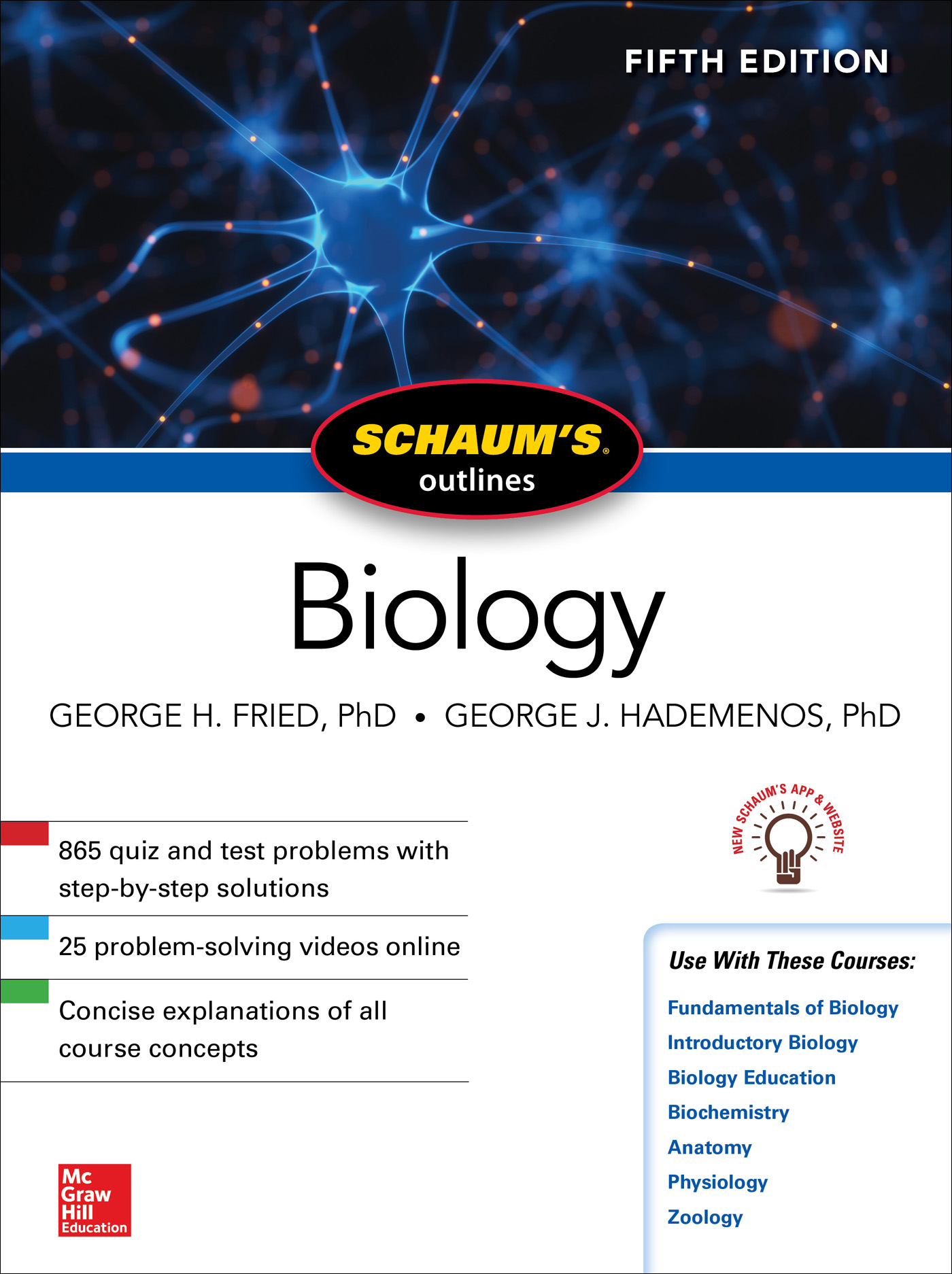Contents
Guide
Page List



GEORGE H. FRIED was Professor of Biology at Brooklyn College. He received his AB from Brooklyn College, and his MS and PhD from the University of Tennessee at Knoxville. His research interests have centered on metabolic aspects of comparative physiology and the enzymatic factors in genetic and experimental obesities. From 1983 to 1987 he served as chairperson of the Biology Department of Brooklyn College. He has taught courses in general biology and animal physiology and has developed a course in Biology and Society during a 30-year teaching career.
GEORGE J. HADEMENOS is a former Visiting Assistant Professor of Physics at the University of Dallas. He received his BS from Angelo State University, his MS and PhD from the University of Texas at Dallas, and completed postdoctoral fellowships in nuclear medicine from the University of Massachusetts Medical Center and in radiological sciences/biomedical physics at UCLA Medical Center. His research interests have involved potential applications of physics to the biological and medical sciences, particularly with cerebrovascular diseases and stroke. He has published his work in journals such as American Scientist, Physics Today, Neurosurgery, and Stroke. In addition, he has written several books, including: The Physics of Cerebrovascular Diseases: Biophysical Mechanisms of Development, Diagnosis, and Therapy, published by Springer-Verlag, and McGraw-Hills MCAT. He currently teaches general and advanced physics courses.
Copyright 2019 by McGraw-Hill Education. All rights reserved. Except as permitted under the United States Copyright Act of 1976, no part of this publication may be reproduced or distributed in any form or by any means, or stored in a database or retrieval system, without the prior written permission of the publisher.
ISBN: 978-1-26-012079-0
MHID: 1-26-012079-1
The material in this eBook also appears in the print version of this title: ISBN: 978-1-26-012078-3, MHID: 1-26-012078-3.
eBook conversion by codeMantra
Version 1.0
All trademarks are trademarks of their respective owners. Rather than put a trademark symbol after every occurrence of a trademarked name, we use names in an editorial fashion only, and to the benefit of the trademark owner, with no intention of infringement of the trademark. Where such designations appear in this book, they have been printed with initial caps.
McGraw-Hill Education eBooks are available at special quantity discounts to use as premiums and sales promotions or for use in corporate training programs. To contact a representative, please visit the Contact Us page at www.mhprofessional.com.
McGraw-Hill Education, the McGraw-Hill Education logo, Schaums, and related trade dress are trademarks or registered trademarks of McGraw-Hill Education and/or its affiliates in the United States and other countries and may not be used without written permission. All other trademarks are the property of their respective owners. McGraw-Hill Education is not associated with any product or vendor mentioned in this book.
TERMS OF USE
This is a copyrighted work and McGraw-Hill Education and its licensors reserve all rights in and to the work. Use of this work is subject to these terms. Except as permitted under the Copyright Act of 1976 and the right to store and retrieve one copy of the work, you may not decompile, disassemble, reverse engineer, reproduce, modify, create derivative works based upon, transmit, distribute, disseminate, sell, publish or sublicense the work or any part of it without McGraw-Hill Educations prior consent. You may use the work for your own noncommercial and personal use; any other use of the work is strictly prohibited. Your right to use the work may be terminated if you fail to comply with these terms.
THE WORK IS PROVIDED AS IS. McGRAW-HILL EDUCATION AND ITS LICENSORS MAKE NO GUARANTEES OR WARRANTIES AS TO THE ACCURACY, ADEQUACY OR COMPLETENESS OF OR RESULTS TO BE OBTAINED FROM USING THE WORK, INCLUDING ANY INFORMATION THAT CAN BE ACCESSED THROUGH THE WORK VIA HYPERLINK OR OTHERWISE, AND EXPRESSLY DISCLAIM ANY WARRANTY, EXPRESS OR IMPLIED, INCLUDING BUT NOT LIMITED TO IMPLIED WARRANTIES OF MERCHANTABILITY OR FITNESS FOR A PARTICULAR PURPOSE. McGraw-Hill Education and its licensors do not warrant or guarantee that the functions contained in the work will meet your requirements or that its operation will be uninterrupted or error free. Neither McGraw-Hill Education nor its licensors shall be liable to you or anyone else for any inaccuracy, error or omission, regardless of cause, in the work or for any damages resulting therefrom. McGraw-Hill Education has no responsibility for the content of any information accessed through the work. Under no circumstances shall McGraw-Hill Education and/or its licensors be liable for any indirect, incidental, special, punitive, consequential or similar damages that result from the use of or inability to use the work, even if any of them has been advised of the possibility of such damages. This limitation of liability shall apply to any claim or cause whatsoever whether such claim or cause arises in contract, tort or otherwise.
To my wife, Lillian, for her patience and to Sylvia, Ellen, and Judy
G.H.F.
To Kelly and Alexandra, for their undying love and tireless support.
G.J.H.
Preface
Biology has undergone tremendous changes since the seminal contributions of Watson and Crick inaugurated the era of molecular biology (1953). The more descriptive aspects of the field, long associated with the older notion of biology as natural history, have been complemented by investigative insights that afford an understanding of life in terms of the precise characteristics of macromolecules such as DNA, RNA, and protein. To a marked extent, heredity, development, the control of cell function and even evolution have become better understood by applying the probes of molecular biology.
However, the drama of life and its evolving diversity and scope requires a perspective of time and an appreciation of meticulous descriptive detail to be truly appreciated. To cover these descriptive and historical aspects while elucidating with thoroughness the biochemical and molecular approaches imposes a daunting challenge to anyone undertaking a concise treatment of modern biology. Maintaining such a balance has been a continuing aim here.
In the outline format, each chapter independently summarizes the material of its major theme and is followed by a series of solved problems which provides both greater depth and an opportunity to clarify material which the student has not completely understood. All of the major themes expected in a one-year biology course at the introductory level are covered in the thirty-three chapters.
Although this book could serve as a primary text in elementary college biology, it is primarily intended as a supplementary text to improve the students understanding and achievement in the course. In providing solutions to the problems in the latter part of each chapter, emphasis has been placed on clarity and the importance of mastering fundamentals. Many of the problems used here are derived from actual classroom situations.






